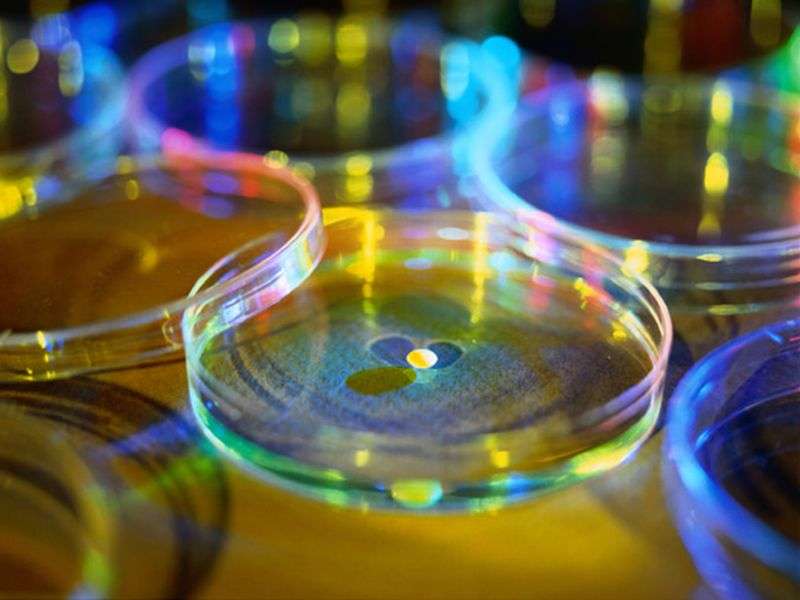(HealthDay)—There are about 6,200 resistant culture-confirmed nontyphoidal Salmonella infections annually, according to a study published in the January issue of the U.S. Centers for Disease Control and Prevention's Emerging Infectious Diseases.
Felicita Medalla, M.D., from the CDC in Atlanta, and colleagues used Bayesian hierarchical models of 2004 to 2012 data from the CDC's National Antimicrobial Resistance Monitoring System and Laboratory-based Enteric Disease Surveillance to examine the incidence of resistant culture-confirmed nontyphoidal Salmonella infections. Three mutually exclusive resistance categories were identified based on susceptibility testing: ceftriaxone and ampicillin resistant, ciprofloxacin nonsusceptible but ceftriaxone susceptible, and ampicillin resistant but ceftriaxone and ciprofloxacin susceptible.
The researchers found that the overall incidence of resistant infections was estimated as 1.07, 0.51, and 0.35/100,000 person-years for ampicillin-only resistance, ceftriaxone and ampicillin resistance, and ciprofloxacin nonsusceptibility, respectively, corresponding to ~6,200 resistant culture-confirmed infections per year.
"These national estimates help define the magnitude of the resistance problem so that control measures can be appropriately targeted," the authors write.
More information: Full Text
Journal information: Emerging Infectious Diseases
Copyright © 2016 HealthDay. All rights reserved.























